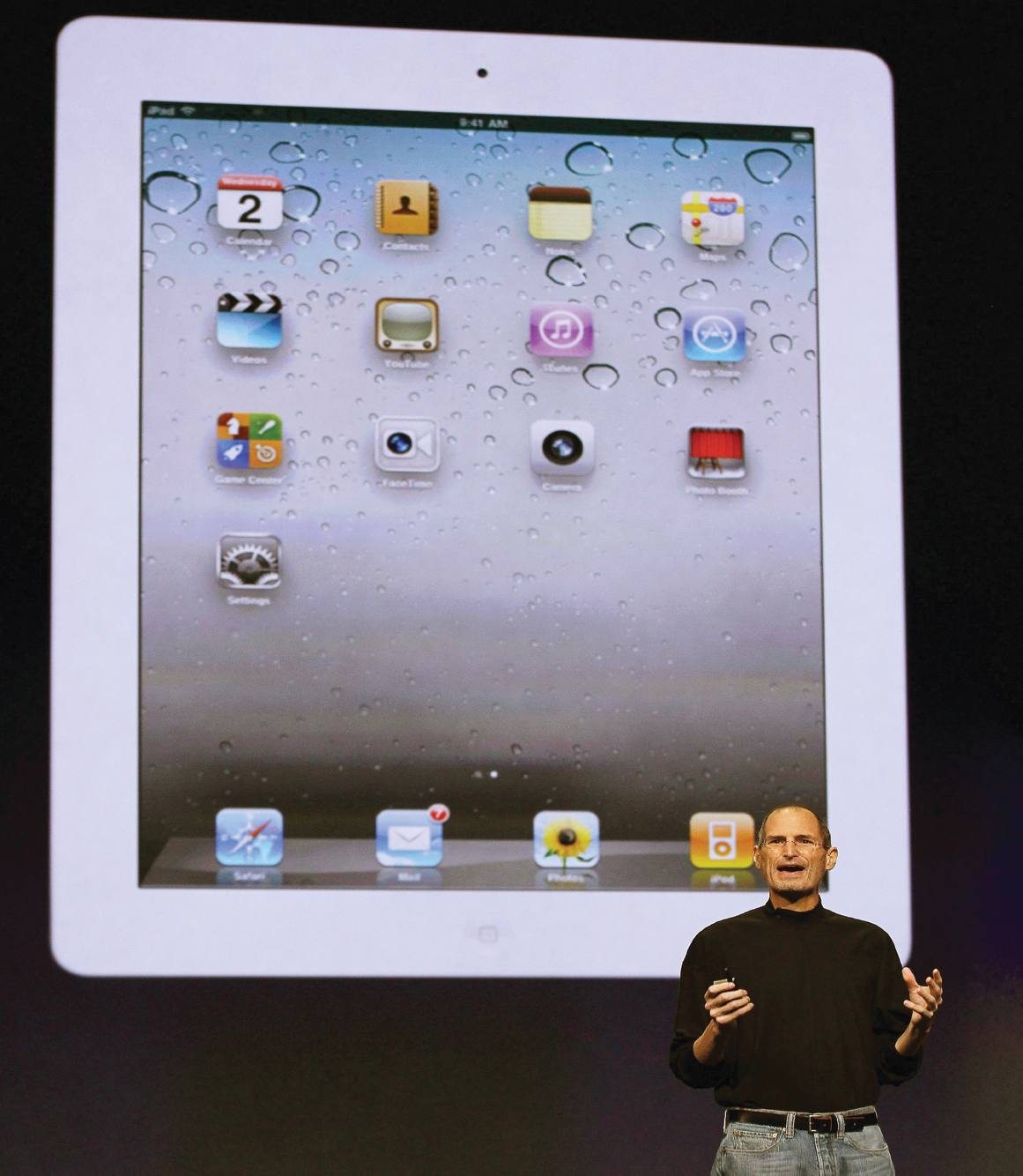Preparing and Researching Presentations

LearningCurve can help you master the material in this chapter. Go to the LearningCurve for this chapter.
IN THIS CHAPTER
- The Power of Public Speaking
- Clarifying the General Purpose of Your Speech
- Analyzing Your Audience
- Choosing Your Topic
- Researching the Topic
- Ethical Speaking: Taking Responsibility for Your Speech
Since the early 1980s, Macintosh users have sung Apple’s praises with a level of enthusiasm and devotion usually reserved for favored sports teams. The lead cheerleader, however, was always the late Steve Jobs, the company’s founder and former CEO. Whenever Apple launched a new product or service, Jobs was there, dressed in his trademark black turtleneck and beat-
chapter outcomes
After you have finished reading this chapter, you will be able to
- Describe the power of public speaking and how preparation eases natural nervousness
- Identify the purpose of your speech
- Conduct audience analysis
- Choose an appropriate topic and develop it
- Support and enliven your speech with effective research
- Cull from among your sources the material that will be most convincing
- Give proper credit to sources and take responsibility for your speech
Jobs was always intimately familiar with the company’s products, making him, in many ways, the ideal person to present Apple’s latest inventions. Many of the most revolutionary innovations at Apple were created from his own ideas and his frustrations with existing technology. A virtual music store where customers could legally download music for as little as a dollar a song, and then carry them around in their pocket on a device smaller than a deck of cards? That was Jobs’s idea. A mobile phone with only one button, a touchscreen, and the ability to add on a seemingly infinite number of applications? Jobs again (Sonnenfeld, 2011).
Jobs was well known for his effective and appropriate use of presentation aids. In many cases, his topic—
A public figure is expected to speak well, but few public figures—
As you will learn in this chapter, the initial groundwork of becoming a confident, competent speaker and developing strong presentations lies in preparation—